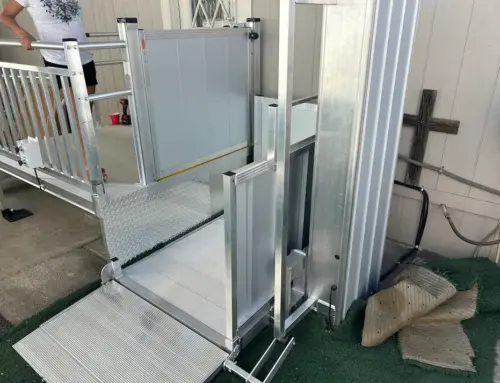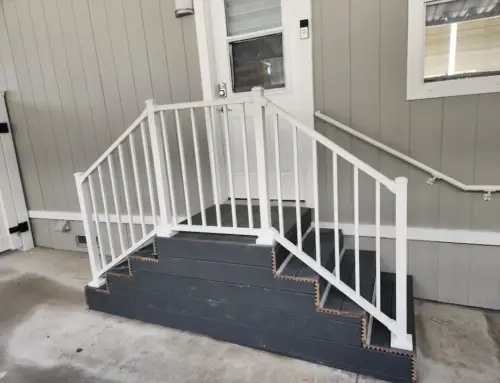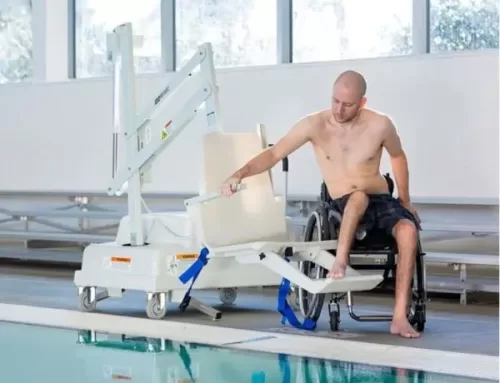Different seniors have different reasons for wanting to spend their last years in a familiar home or in an assisted living community. However, worries about health and mobility make it important for many families to deal with the problem. Families might get concerned about which setting will be the easiest for their loved one’s daily lives. This is where the knowledge of aging in place vs assisted living becomes handy.
Seniors can stay in their homes for as long as they want with aging in place. It provides independence and familiarity with routines. Nonetheless, it needs careful planning and changes to make it safe. Conversely, assisted living offers professional care, social opportunities, and help with housework. However, it changes the environment and costs a lot of money.
In this article, we will give a complete breakdown of these differences. By the end of it, you will be in a firm position to choose the best possible option for you or a loved one.
Assisted Living vs Aging in Place at a Glance
|
Aspect |
Assisted Living |
Aging in Place |
| Health and Care Needs | Professional care for health and wellness. | Home health care services available for safety and comfort. |
| Social Interaction | Planned activities and outings, social spaces. | Personalized home environment, occasional visits. |
| Support System | Assistance with daily tasks provided. | Professional home care services available. |
| Getting Around | Assistance is available for household tasks. | Independence with potential for hired help. |
| Cost Comparison | Costlier but includes security and meals. | Potential savings, with possible modifications. |
Definition of Aging in Place and Assisted Living
Let us get the definitions out of the way first so that we can see what both terms mean. That should demonstrate what to anticipate.
-
Aging in Place
Aging in place is also called independent living or in-home care. It is a way for seniors to live that lets them stay in their own homes as they get older.
In this case, the older person or senior chooses to stay in their own home or the place where they are currently living. They reject moving to a nursing home, assisted living community, or other institutional setting.
As people get older, they want to keep their sense of security, independence, and control over their lives. The idea of “aging in place” reflects these needs.
-
Assisted Living
The opposite of aging in place is going to a nursing home or assisted living. It refers to a living arrangement where seniors move into a living facility where skilled nurses will take care of them. These facilities offer individualized care, safety and security, medical help, meals, and social activities.
As of now, assisted living is one of the most prominent ways for seniors to live. It has been around for a long time.

Aging in Place vs Assisted Living: What are the Key Differences?
There should be careful consideration when you or your loved one are considering assisted living or living alone at home. The choice should be based on personal preferences, cost, and other differences we will talk about below.
-
Health and Care Needs
You might get the care you need to live a healthy old age if you live in an assisted living home. Professionals with a lot of experience will take care of your health and wellness.
However, home health care services are also available to help you age in place safely and comfortably. Aging care managers can help you make long-term care plans to keep your health in check as part of some home care options.
-
Social Interaction
Many seniors want to enjoy the home they spent years working on and saving for—one that is connected to many special memories, activities, and holiday traditions. A private home helps them keep up with other important people in the area, like neighbors and vendors. A lot of visits from kids, grandkids, and other family or friends make them happy.
However, for some older people, the choice to age in place hurts them, even if it’s their choice. Because of new health problems or physical limitations, they do not leave the house very often. This makes it harder to stay in touch with old friends and get closer to new ones.
On the other hand, assisted living communities have social spaces and planned activities and outings for residents. Many seniors enjoy the company of others in a retirement community. Besides, they can also find time to be alone in a safe place. For some retirees, being around other older people all day is not appealing. They would rather just go to a nearby senior center whenever they want. There are lots of things to do at these centers, and you can meet new people and see old ones.
Ultimately, how many long-term friends and family you will have and whether moving to assisted living will make making friends easier or harder should matter.
-
Support System
Seniors may also need help with daily tasks, which is another reason why assisted living might be a good choice. However, if they choose to stay home, someone has to be there all the time to make sure they eat, wash, and dress for the weather.
Thankfully, nowadays, aging in place is not a lonely path, though. There are professional home care services. They will give you the support system you need to live a happy, independent adult life.
-
Getting Around the House
When your energy levels drop, even the simplest of tasks can become a real challenge. Even if a senior needs a home health aide for small jobs, they will still need to hire someone to cut the grass, clean out the gutters, and plant flowers in the bushes. A determined senior can get help around the house through mobile apps and online markets. However, one of the family members will eventually be in charge of managing hired help and customer service issues.
In contrast, assisted living will not free up spouses and adult children from keeping an eye on how the senior is doing. No matter the level of care, someone will have to watch over their living space and look out for their best interests. Depending on how the details work out, this could be a good reason to stay in your home as you age.
-
Cost Comparison
A part-time home health aide may be much cheaper than an assisted living facility. However, if supervision is needed 24 hours a day, 7 days a week, it is not a savings. Talk to your doctor about how long-term conditions like diabetes, osteoporosis, or emphysema might make it hard for you to take care of yourself in the future.
Moreover, if aging in place is the choice, some accessibility modifications might become necessary. Meet with a certified aging-in-place specialist (CAPS) to get a better idea of what kinds of home changes you might need and how much they will cost. Some basic modifications can include:
- Grab bars
- Replacement rugs
- Sturdy handrails along stairs
- Lever-handled doorknobs
- Better lighting
At some point, it may be cheaper to live in an assisted living community with security, meals, and other services. That being said, one reason most older people choose to stay in their own homes as long as possible is that it saves them money.

Benefits of Aging in Place
The above discussion might give you a handy position on the choice between aging in place and assisted living. Still, there are some more distinct benefits to both choices. Knowing these will be even more fruitful in long-term decision-making. So, let’s begin with the benefits of aging in place:
- Familiar Environment: Instead of living in a senior community where everyone is a visitor, aging in place lets you stay in a place you know well.
- Emotional Well-Being: Aging in place helps older people feel less stressed because they stay in a place they know well. Older people like to live in places where they can remain close to family and friends.
- Personal Care: Personal care plans that are made just for seniors who live at home can also be made to fit their needs and preferences. It is possible to make care fit their specific health and lifestyle needs.
Benefits of Assisted Living
Like aging in place, assisted living also comes with its share of benefits. Let’s look at the ones that we haven’t looked at distinctively before:
- Professional Care and Support: A lot of seniors can get the nursing care and support they need at an assisted living facility. These services include help with memory loss, mental and physical health, and a lot more.
- Maintenance-Free Living: People who live in assisted living do not have to fret about making changes to their homes or doing other repairs. The business takes care of the care environment, laundry, meal preparation, and medications.
- Safety and Security: Care homes have trained staff and emergency response systems that make accidents and falls less likely.
Conclusion
You cannot just pick one option when it comes to deciding between aging in place and assisted living. Every choice has its own pros and cons that you should think about. It is important to think about your own needs, preferences, and the help that is out there.
When it comes to aging in place, home modifications can be a significant issue. You will need to pick the best possible tools to make sure you or your loved one are safe. This is something assisted living gives you relief from. However, the cost of living there in itself can be a headache.
If you or your loved one has decided on aging in place, then Call Before You Fall can be your modification partner. With our range of accessibility tools, you will find the best-possible quality. Contact us today to make aging in place a fun and safe journey.




